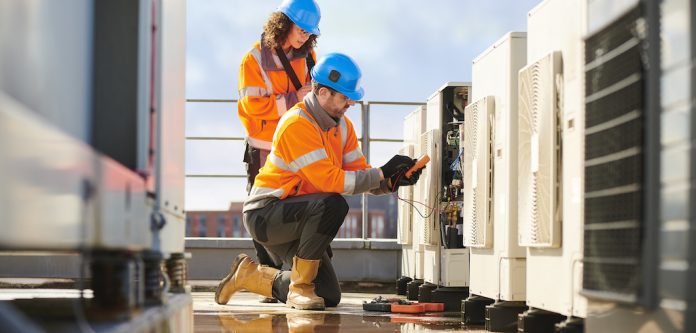
Given the continued threat of COVID-19—even as case numbers slow—guests now seek assurance from hotels that health is a top priority. Hoteliers should be responsible and active in maintaining hygiene and cleanliness standards to prevent their properties from being COVID-19 hotspots.
Hoteliers should have a strategy to differentiate their operations from others for cautious guests, with enhanced cleaning being the minimum. Many hotels have increased health and safety protocols with all-inclusive guest communication, and air quality monitoring should be the next step. Exposure to poor indoor air quality can cause people to face a range of adverse health issues impacting the overall guest experience, deteriorating employee productivity, and even leading to revenue loss.
Hotels can avoid these outcomes and increase customer confidence by adopting air quality monitoring.
Air Quality Measures
Hotel chains have updated and enhanced their safety and cleaning protocols throughout the pandemic. Public spaces and guestrooms are now treated with hospital-grade disinfectants. But basic cleaning is not sufficient to alleviate fears, especially considering COVID-19 is more infectious through airborne particles than on surfaces.
Indoor air quality might be the next for differentiation and competitiveness for post-pandemic travel. Healthy air instills confidence to return to hotels for guests that are COVID-conscious. Additionally, hotels that recognize that having good indoor air quality might see their reputation enhanced among potential guests.
Hotels can use visual dashboards on the walls to highlight that metrics like humidity, temperature, and CO2 levels are being monitored and controlled. Having a centralized air quality monitoring system can save hotels costs and resources because it can increase the quality of manual room checks.
Other Strategies to Consider
HEPA filtration, PTAC coil cleaning, and ozone air purification should be strong considerations for hotel public areas and guestrooms. Localized air purifiers using HEPA and multi-filtering systems are the most visible and effective for guestroom air quality. In addition, UV disinfection is a growing technology, and the applications and strategies of deploying UV are constantly evolving. With a plan in place, UV can bolster air quality while shielding guests from harmful byproducts of exposure to light.
However, not all buildings require drastic actions to improve air quality. Well-ventilated buildings can coordinate with staff members to stay on top of airflow. Monitoring a hotel’s air quality metrics can help ensure that already-installed equipment is making a difference.
The safety and wellbeing of guests has been and should always be a top priority for hotels, and although COVID-19 has introduced tough challenges, air quality monitoring can prevent guests from losing faith in the industry. Indoor air quality measures such as HEPA filtration and UV disinfection limit the potential transmission of airborne pathogens while visual dashboards give a clear overview and peace of mind. These tactics can motivate hotels to ensure their metrics are up to standard and allow guests to feel safe.











